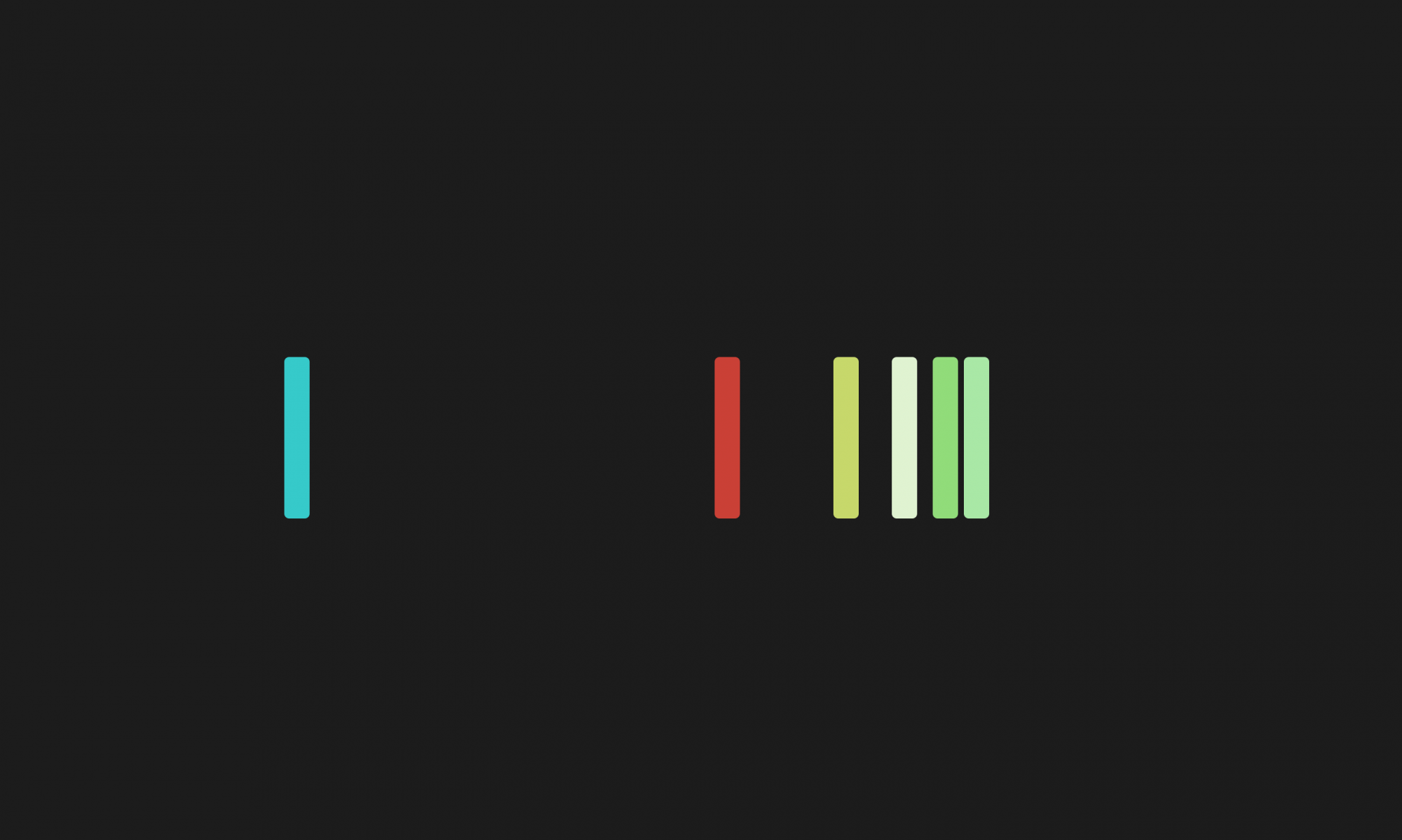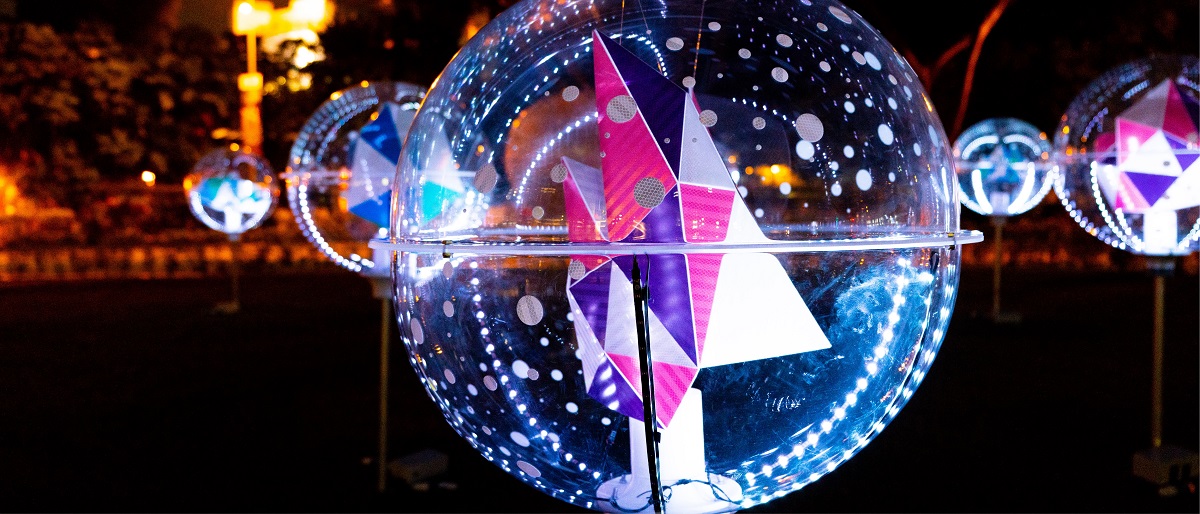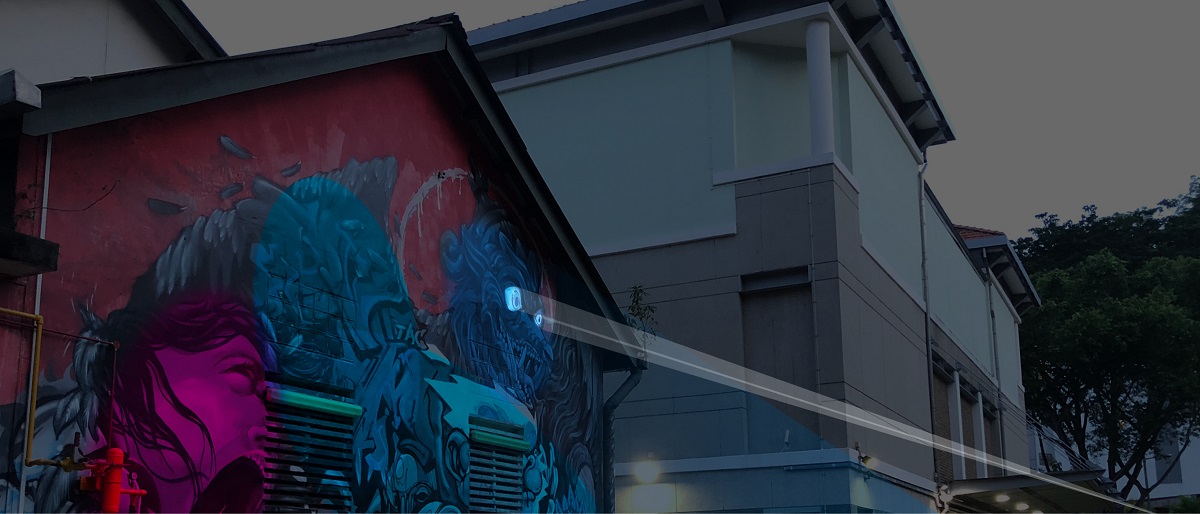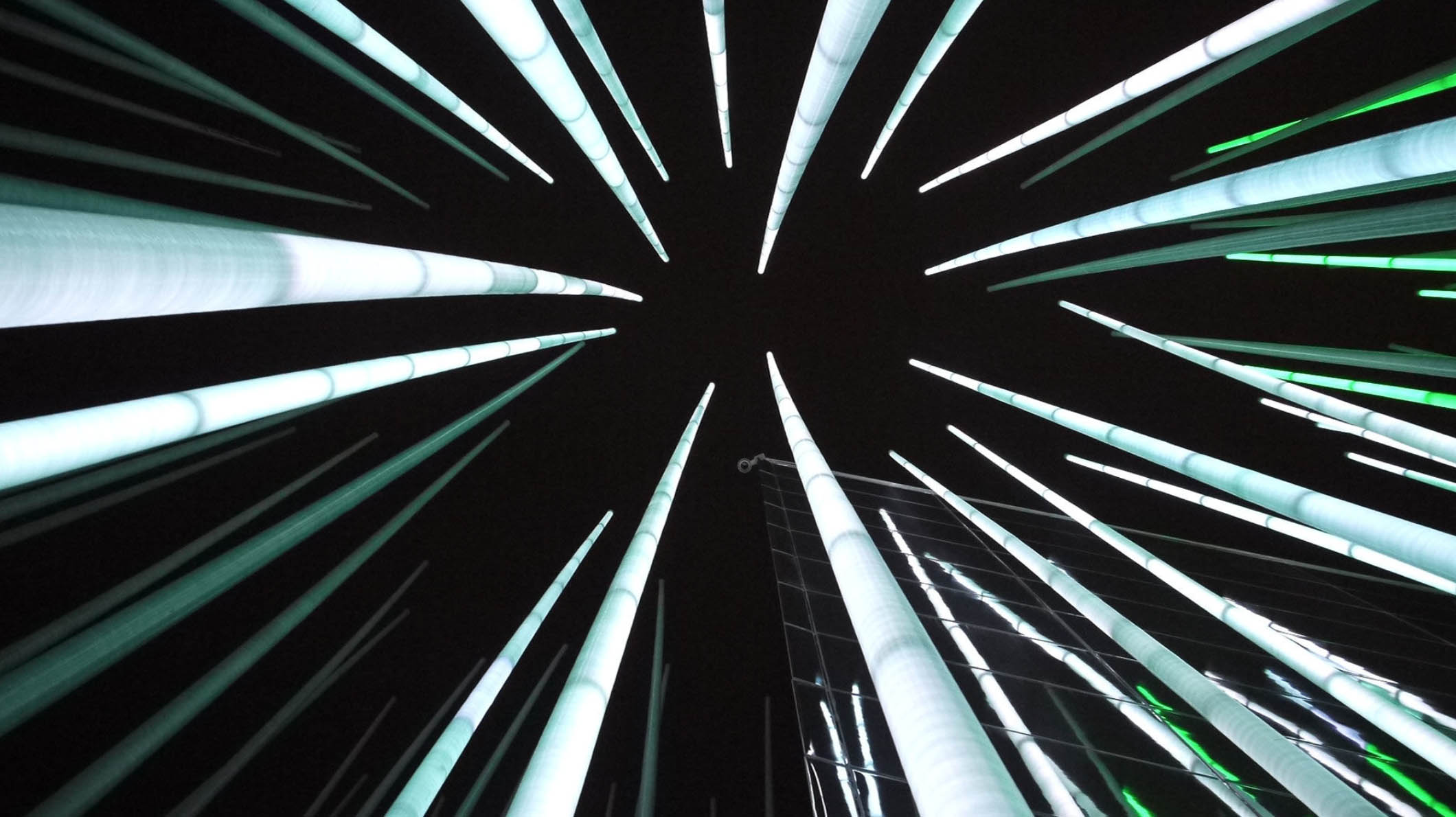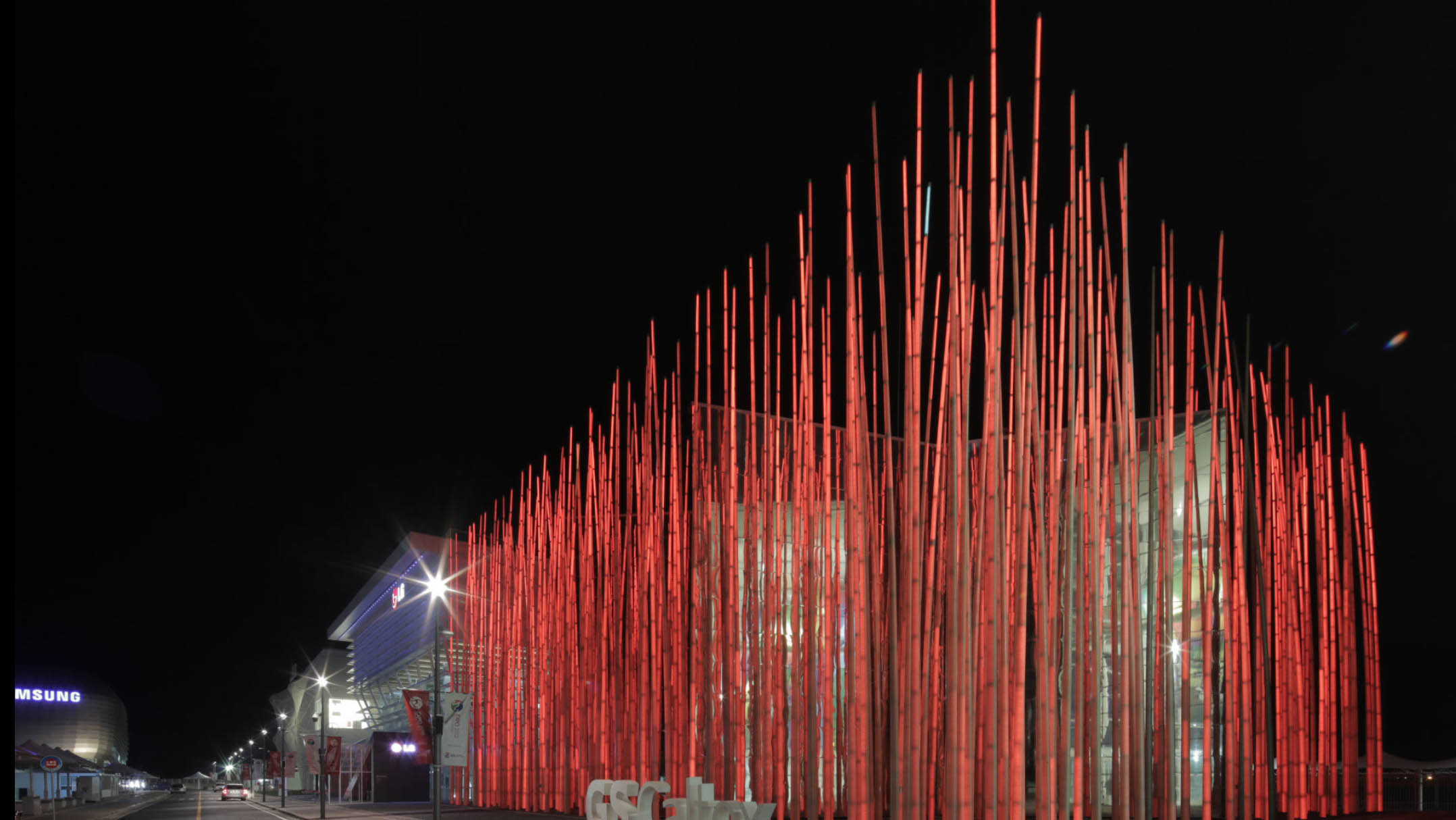In his book “The Language of New Media”, Lev Manovich attempts to contextualise and analyse the new media revolution and the “shift of all culture to computer-mediated forms of production, distribution, and communication.” Which has had an immense impact on all stages of communication, and it causes us to rethink of our definitions and values when comprehending the media of today as compared to that of old.
Under the chapter of “Principles of New Media” he reduces all principles of new media to these fundamental to five — numerical representation, modularity, automation, variability and cultural transcoding. As so aptly summarised, these principles “should be considered not as absolute laws but rather as general tendencies of a culture undergoing computerization”
Manovich’s principles offer us some handles in helping us analyse the function and systems of our projects and how it relates to the topic of new media, which I will elaborate further on. But before that, I would like to elaborate more on the concept and mechanism of Sensorium.
Sensorium explores the sensoral phenomenon known as “Synesthesia” in which a stimulation of one sensory or cognitive pathway leads to automatic, involuntary experiences in a second sensory or cognitive pathway. In short, when an individual’s particular sense is stimulated, the individual may experience multiple or an alternate sensory experience. For example, indivuals may sometimes “see” a certain colour in response to a certain letter or word.
This is achieved by allowing viewers to experience a “sensory” overload and a disconnection with common objects and behaviour much similar to Synesthetes. Viewers would hear certain sounds, and see ink-drops (of a particular colour) when they interact with the work. This is done through setting up light-sensors beneath the object that would respond to the changes in the object placement and provide a feedback accordingly.
Now back to Manovich’s principles and how does it relate to Sensorium?
1. Numerical Representation
Manovich describes that all new media objects are composed of digital code and thus can be subject to algorithmic manipulation. In short, media becomes programmable.
Similarly, Sensorium utilises Arduino system that are programmable as the brain of the art work. In addition, the use of LDR sensors also mean these readings are being actively translated into binary data script for the Arduino system to process.
2. Modularity
New media objects are ‘object-oriented’ composed of parts made up of smaller parts reminiscent of a “fractal structure”. These elements are assembled into a larger scale object but continue to maintain their separate identities. This also allows for augmentation of the smaller areas and portion of independent parts.
The different mechanism of Sensorium is modular and is made up of smaller parts. This includes the code, the software, the hardware or even the way the installation is experienced.
For example, in terms of hardware, the receiver is modular in that the use of an LDR results in a particular experience for the viewer. (The selection of this component by us as the main receiver) By changing the receiver, such as using a different sensor it would alter and augment the set up of the work.
However, what is unique about our project is that this would not ultimate affect the outcome of the experience as the output (the colour dropper and sensor) remains the same.
The modularity allows us to control and decide on the type of experience and objects that we want to create for our viewers.
3. Automation
Another characteristic of New Media is its ability for automation as a result of the modular structure and numerical coding where the computer now takes over the role of operations.
Sensorium uses an Arduino system to allow for Automatic feedback and responses to be generated for the user. This allows for the system to run with the absence of a human to physically change the system accordingly.
This automation is limited however, due to certain contraints in the system in Sensorium created. Such as, the need to top up ink fluid in the dropper and also replace the water in the tank once it becomes too murky and cloudy.
4. Variability
Manovich mentions how “a new media object is not fixed once and for all, but something that can exist in different, potentially infinite versions”
In this principle, Sensorium allows for a diverse range of variability despite its simple output. The system of Sensorium is fairly direct. In short, it invites viewers to move and interact with certain objects. For example, should a viewer lift a box, this would trigger the light sensor and cause the ink dropper to release ink drops (coloured) into the tank. A sound would also be heard. Regardless of how high you lift up the object, or interact with, the output remains the same. However, certain factors that would affect the variability in the experience of the work includes:
– Duration of the object being held. The longer it is lifted up, the more times the ink drop would occur and the longer the corresponding sound would be heard.
– Prior participants. The presence of other viewers would mean that the ink in the tank would be visible to the viewer and thus affect the experience of the viewer.
– An amalgamation. Due to the nature of the system, all 3 inputs can be happening at the same time and would allow for trigger of multiple drops to happen at once. The way in which the ink drop clouds drops and forms also is another variability of the project.
5. Transcoding
A digitisation of what we define as ‘culture’. Manovich talks about the interplay between both the “computer layer” and the “cultural layer” of this digitisation. And the combination of the two results in new experiences created.
When computerised, the experience is changed when the reaction creates a disassociation, of what is known and replacing it with something that detaches them from the space.
Sensorium plays on these experience, through a similar disassociation. There is a disconnection experienced (between the object seen, touched as well as sound heard and the colour ink seen). The physical is being digitised through the sensors and is being read as data and the subsequent result or feedback is converted again to a physical experience to be felt. As such, what we come to know or think, through a disassociation, creates new meanings.
Other Works that inspired Sensorium:
Lenses by Hush
A installation that converts light sensors and refractions to sound.
A Synesthesia Installation
A tactile installation that uses motion and touch to create light, colour and sounds as outputs.
